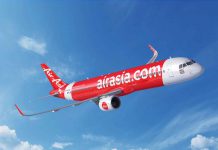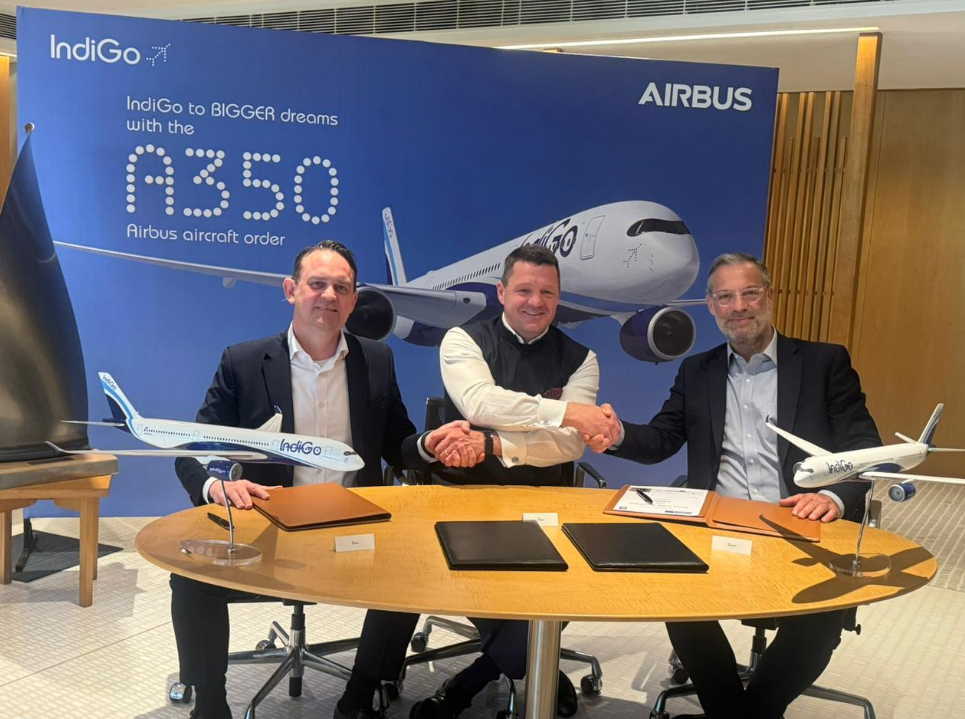Ground has just been broken on an ambitious project in Denver that will see its international airport add 39 new boarding gates, increasing capacity at DEN (that’s IATA’s code) by 30 percent.
No big deal?
Consider that the vast majority of airports in North America don’t have 39 gates in total. Denver already has 111.
Those new gates will come online sequentially, with the last of them scheduled to be up and running by 2021. Four concourses will get them, with workers adding on to the ends of Concourses A-West, B-West, B-East and C-East.

What does this mean for passengers boarding, deplaning or simply flying through Denver? More growth opportunities for the airlines, especially DEN’s ‘Big Three’: United, Southwest and Frontier.
Airport CEO Kim Davis says: “We will not only increase capacity, but we will add more passenger amenities.” Look for more places to eat, shop and charge up your laptop or smart phone.
Read: Staying in wi-fi touch on Virgin Australia.
Demand for more flights is obviously growing in the lee of the Rocky Mountains. Each year the airport handles some 61 million passengers, rendering DEN one of the busiest airline hubs in North America.
If there’s room for more gates at Denver so, too, is there space for more runways. The number of gates, coupled with the number and layout of runways, are the two components to handle growth at any airport.
DEN has six runways, with room to add another half-dozen—a situation virtually unique among North American airports.
Watch: slipping into LAX at sunrise on a Boeing 777.
Five of those six current runways are 12,000-feet (3,600 meters) long. The other is a gargantuan 16,000-feet long (4,800 meters).
That makes it the longest commercial runway in North America. You need the extra length because of Denver’s mile-high location. The air is thinner, requiring longer takeoff rolls—especially among heavily-loaded transoceanic nonstops to places such as London, Frankfurt and Tokyo.
So long are these airstrips that first-time Denver flyers sometimes get a bit squeamish counting the seconds until ‘rotation,’ after which their flight gets airborne. You think the takeoff roll is going to last forever.
























